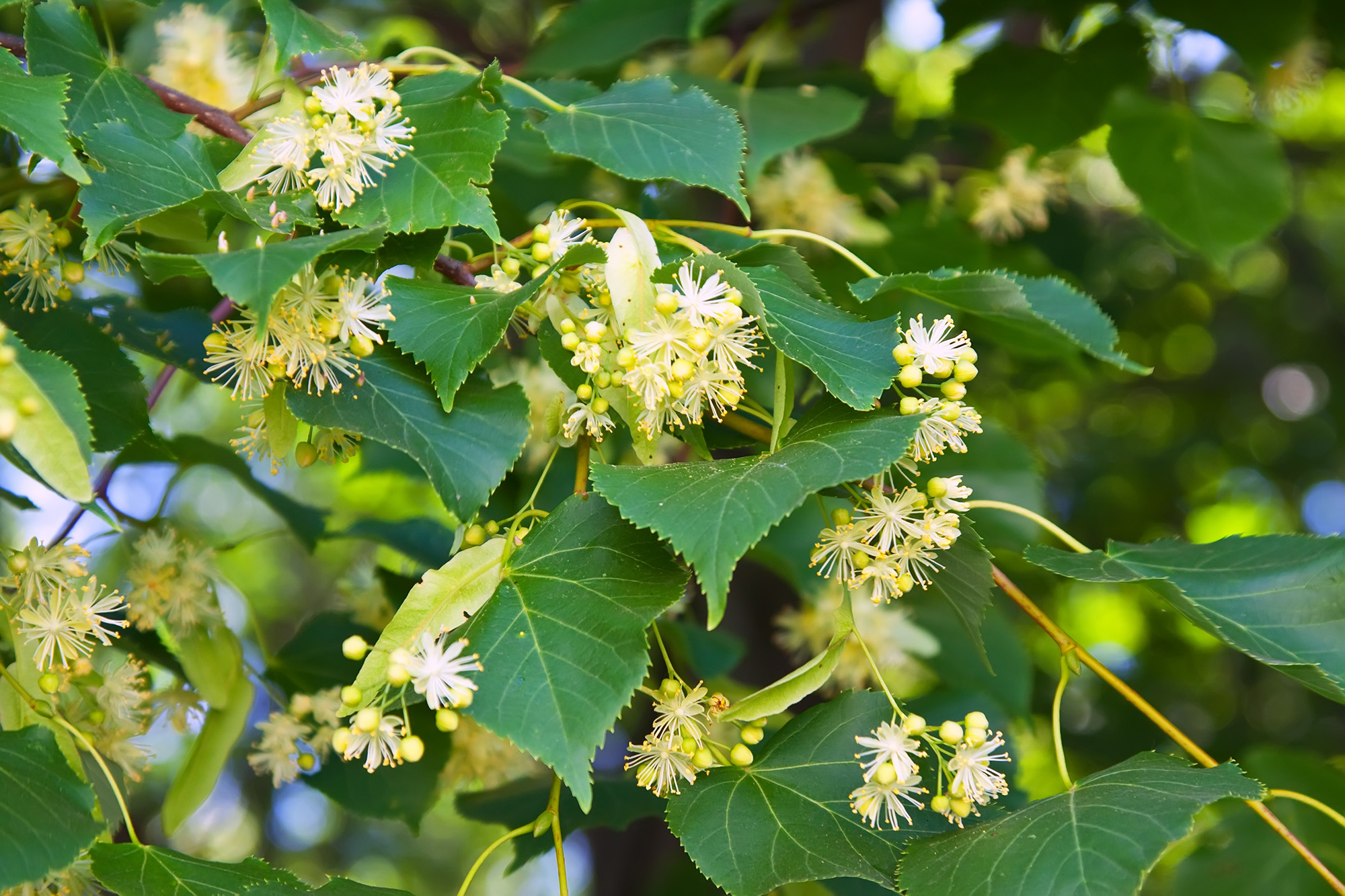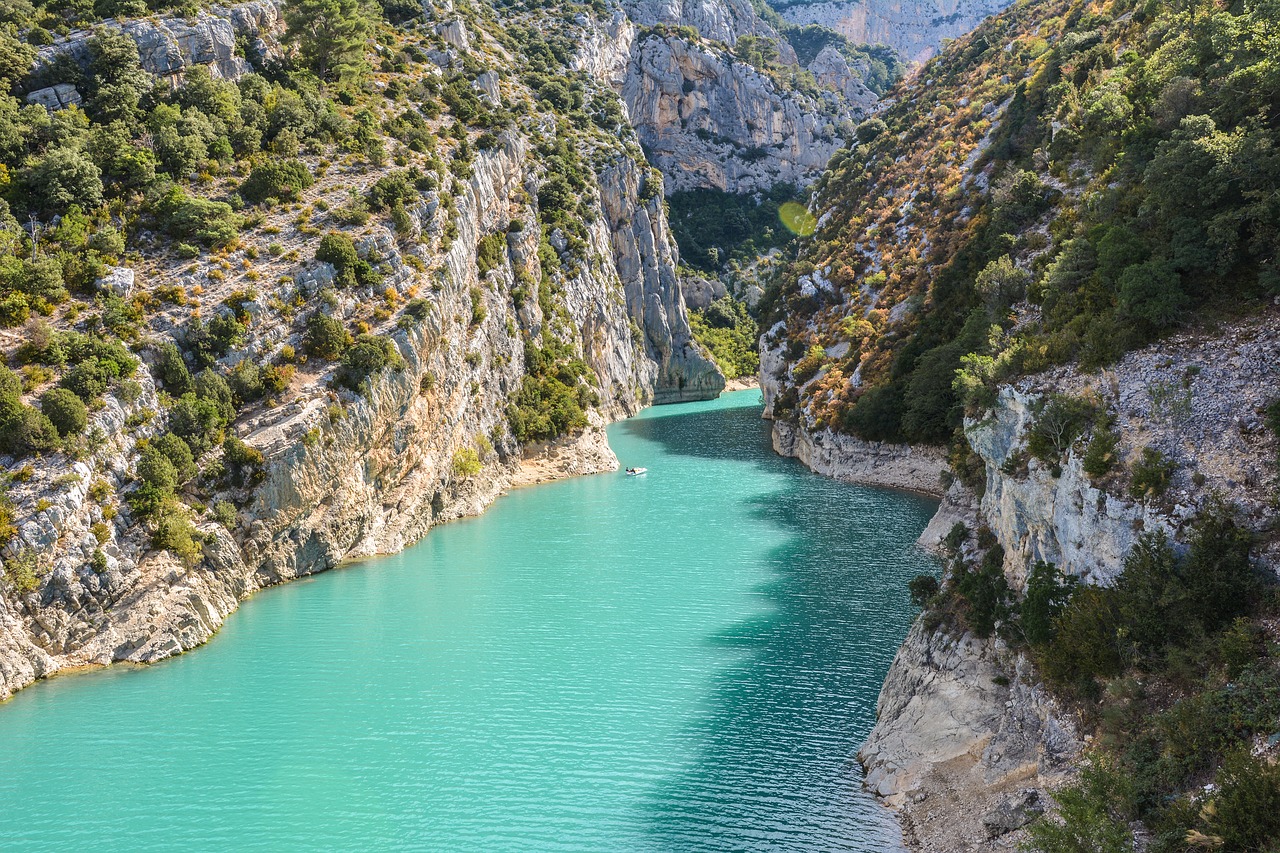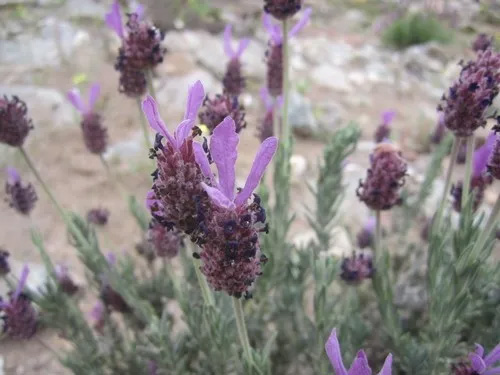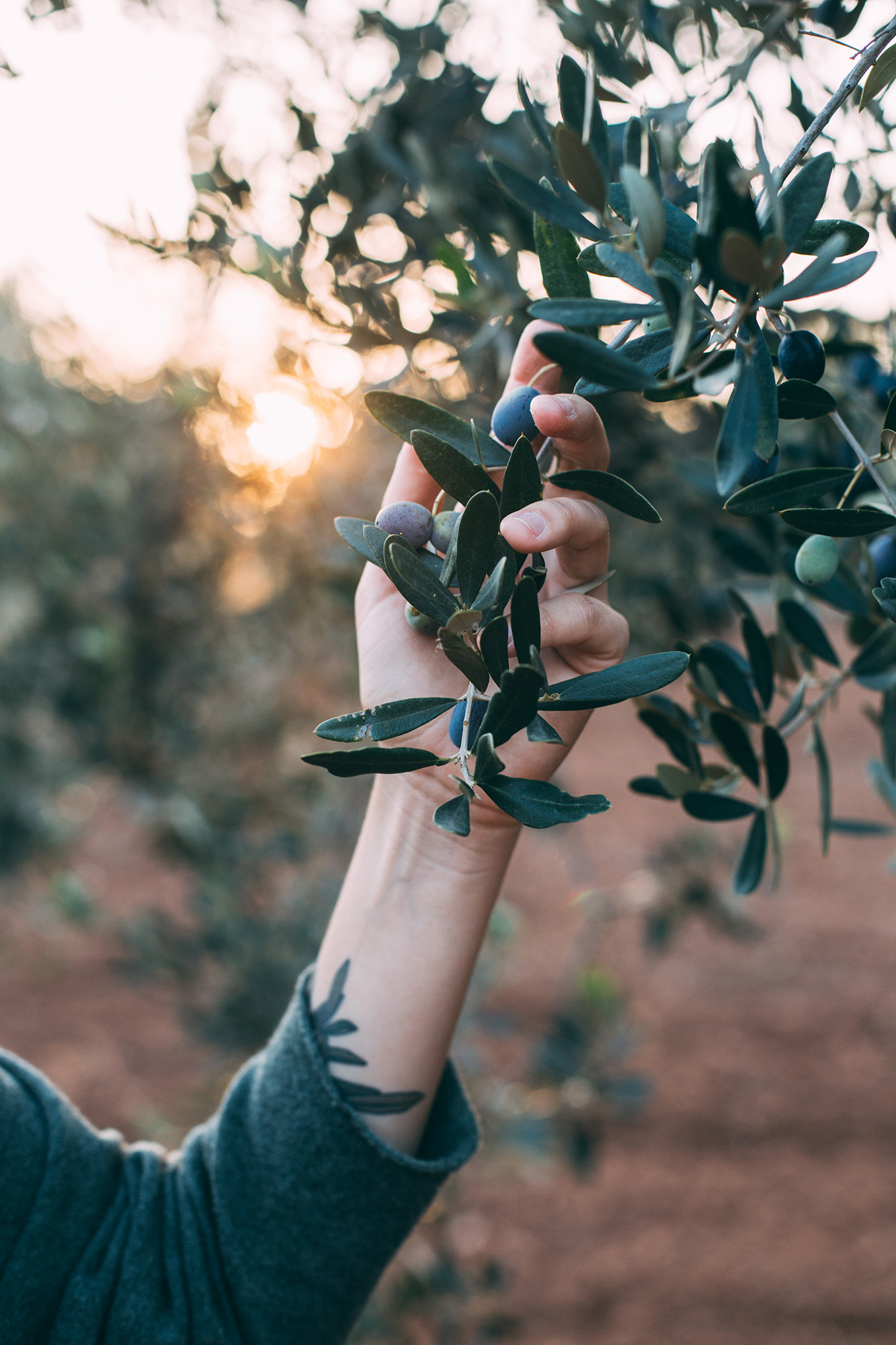The Var has a wealth of natural resources, between the sea and the mountains, and this department of the PACA region has several regional nature parks that showcase this heritage: the Sainte-Baume, the Pré-Alpes du Sud and the Verdon. There is also a National Nature Park on the wild island of Port-Cros, accessible by boat from Hyères. These parks are protected sanctuaries for flora and fauna, and hunting, fishing and tourism are strictly regulated.
"Nature is an open book for those who know how to read it." - François Jacob
Species protection
In addition to these parks, since the 1970s there has been the Natura 2000 network, which brings together a number of natural sites in the European Union that are of great value for their exceptional flora and fauna. This network helps to preserve biodiversity and aims to ensure that human activities take greater account of biodiversity issues. Each site contains a certain number of habitats and species that are representative of European biodiversity and must be protected.
The Var contains a wide range of Natura 2000 sites, from the Mediterranean Sea to the mountainous areas in the north of the department, and is home to 65% of France's reptiles, including Hermann's turtles and European cistude turtles.
The flora includes the Sabline de Provence, a beautiful little white flower that grows on scree. It is almost exclusively found in the Var between 150 and 500 m altitude.
The Sainte-Baume massif, one of the largest mountain ranges in Provence, contains a well-stocked forest of beech, oak and Scots pine representing Provence. There are also a number of caves, where many of the southern rivers have their source, and avens, a geological formation that means "chasm" in Occitan. Among the flora emblematic of Provence are several species found on the Sainte Baume massif, such as the lime tree.
Remarkables species

The lime tree and its properties
This plant is widely used in infusions for its taste and calming properties: it is one of 34 medicinal plants legally on sale over the counter in France, and is useful for a number of nervous disorders. It is also an excellent honey-producing plant. This tree is also very pleasant in summer because of the shade it provides.
It also features in certain fairytales, such as Hänsel and Gretel or Baba Yaga in Eastern European folklore.
Lavander or lavandin ?
Lavender: the first plant you think of when you think of Provence. In the Var, we find Lavandula stoechas, the lavender of the Maures or butterfly lavender, found in the massif of the same name. This is the only species of lavender to grow wild on the massif. Not to be confused with the other species of lavender used to produce essential oil, which in the case of fine lavender (or true lavender, depending on the name) only grows at altitudes of around 700 m or more. However, the Lavandin variety is also a hybrid of true lavender and spike lavender, which can withstand the southern sun much better and grows at lower altitudes, making the plant more resistant to the Mediterranean climate and increasing the production of lavandin essential oil.
Like its cousin, butterfly lavender has an intoxicating scent and can be used to perfume washing to scare away moths!
Olive trees and their suality oil
This mythical tree, a symbol of the Provence region, is at the heart of the Var landscape. Despite the terrible frost of 1956, which destroyed a large proportion of French orchards, the olive tree has never given up. A veritable star of the south, the olive tree can be found everywhere in the Var, with some fifty different varieties of olive: from Cayon, a delicious table olive, to Salonenque, which produces a high yield of olive oil.
At All Saints' Day, olives by hand
As the Provençal saying goes, this fruit is harvested from November until the end of March for the latest varieties.
This tree is famous for its exceptional oil and traditional soap-making.
Pine trees
What would Provence be without its pine forests! From the maritime pine to the umbrella pine, which is very much in evidence along the coast, these mythical trees are what make the Mediterranean landscape so distinctive. Highly resistant to extreme heat, they are also widely used in industry, from wine barrels to parquet flooring and firewood. Their needles are also very useful in the preparation of syrups, infusions and cough drops. The seed of the umbrella pine, the pine nut, is often used in food, for example in pesto.
Several lakes
Whether in the Esterel massif in the east of the département, or in one of the regional nature parks such as the Verdon in the north, the Var has a wealth of water resources. Close to Toulon, Revest-les-eaux has an artificial lake offering peace and quiet and very pleasant greenery. To the north-east of Brignoles, you can also find a 100-hectare lake in the commune of Carcès, with paths leading to the Caramy waterfalls. But we can't talk about the lakes of the Var without mentioning the department's largest lake: Lac de Sainte Croix. Situated 1h30 from Port Grimaud, it is a real treasure of the PACA region. The dam built in the 1970s has improved flood management, and you can even visit the past of the village submerged under the waters of the lake.

Many other flowers can be seen in the Var region, including daffodils, orchids and magnificent wild roses!
Come and discover French charm byrenting a beautiful seaside residence with Logi-Service.
Our seasonal rentals







